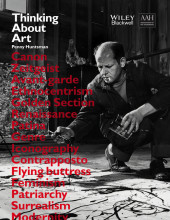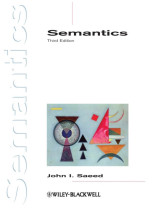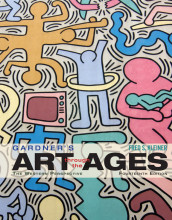Materials, Techniques and Processes - Painting: Timeless and Honoured
7 important questions on Materials, Techniques and Processes - Painting: Timeless and Honoured
What are the components used in all kinds of paint?
What are the colour limitations that can be found within paint?
Which paint medium is most suitable for tonal modelling of form?
- Higher grades + faster learning
- Never study anything twice
- 100% sure, 100% understanding
What is oil paint made of?
What does oil painting allow for best?
Which features are appropriated to acrylic?
2. It dries very fast and is not suitable for chiaroscuro (therefore, it is flat).
3. It is water-based and can be applied directly or mixed with water.
What makes acrylic so special compared to all other kinds of paint?
The question on the page originate from the summary of the following study material:
- A unique study and practice tool
- Never study anything twice again
- Get the grades you hope for
- 100% sure, 100% understanding
































